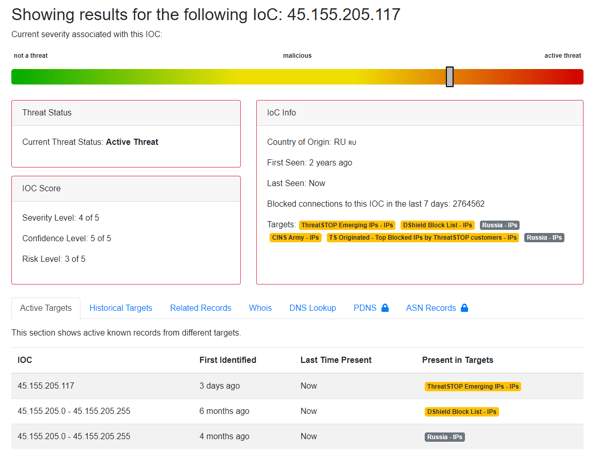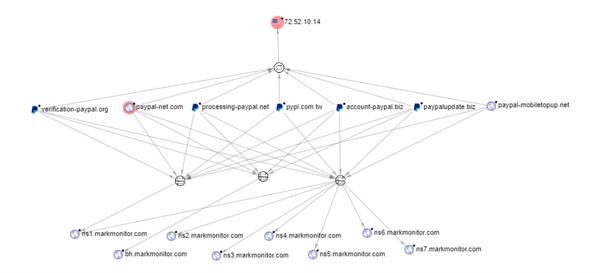January 13, 2020 • Joe Dahlquist
Partner Spotlight: Block newly observed domains with ThreatSTOP NOD, Powered By Farsight
2Min read
•
Cybersecurity,
threat intelligence,
malicious domains,
malicious IP,
threat severity,
farsight,
NOD,
newly observed domains,
new domains,
Passive DNS,
information security

![OnePercent Ransomware Group Still Active - now on 34.231.28[.]159](https://www.threatstop.com/hs-fs/hubfs/onepercent-1.png?width=600&name=onepercent-1.png)

